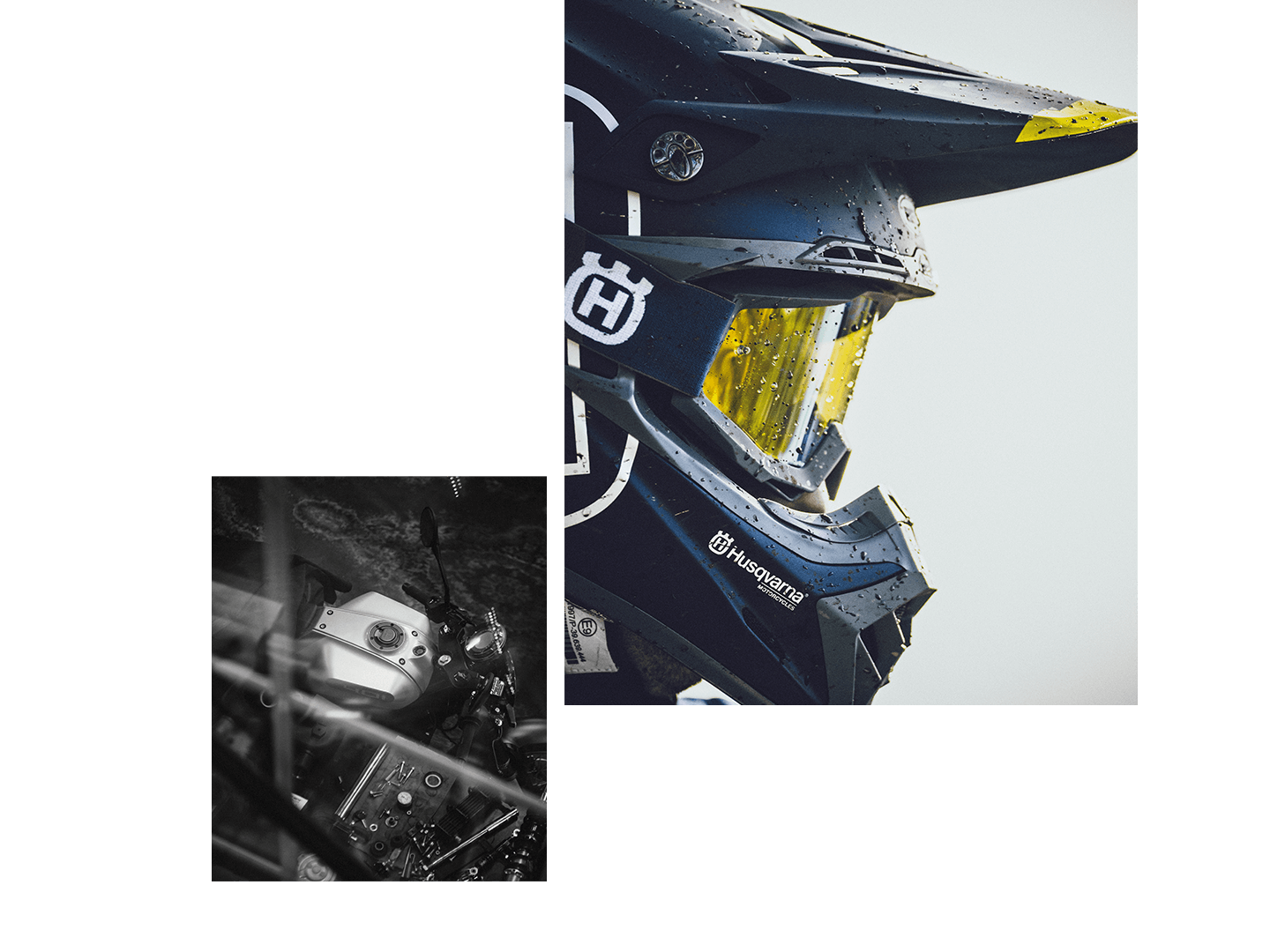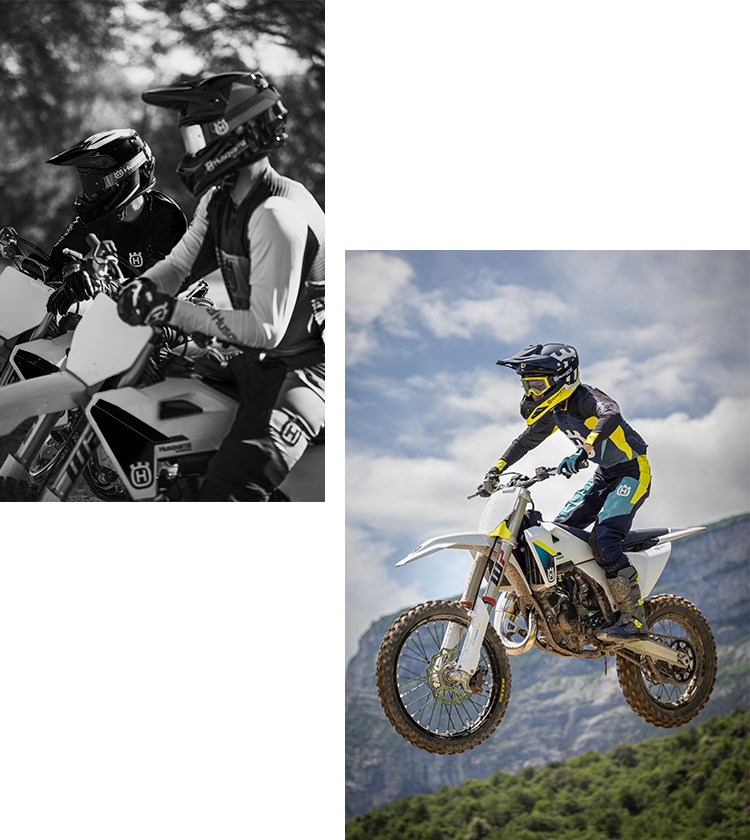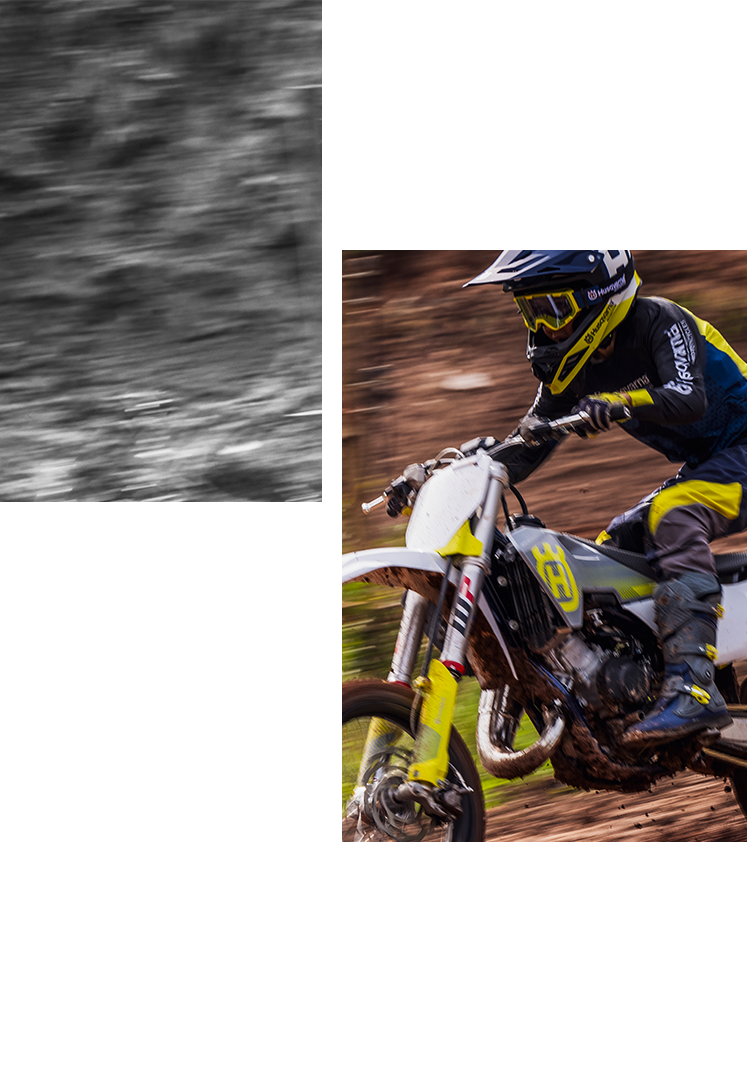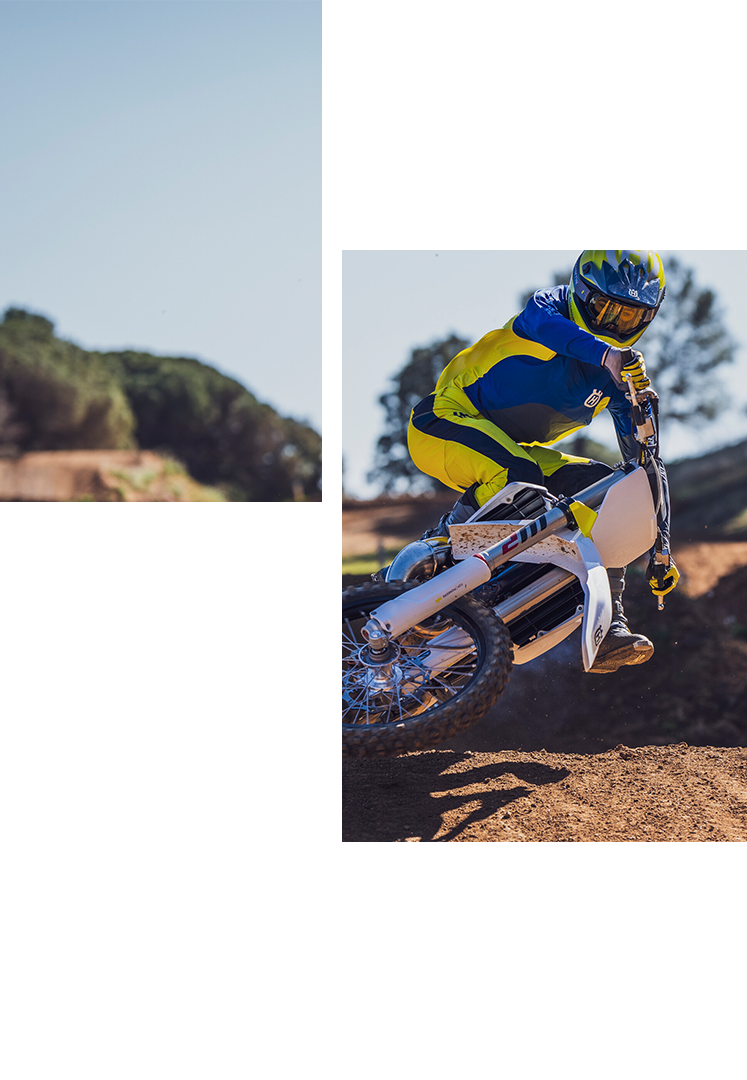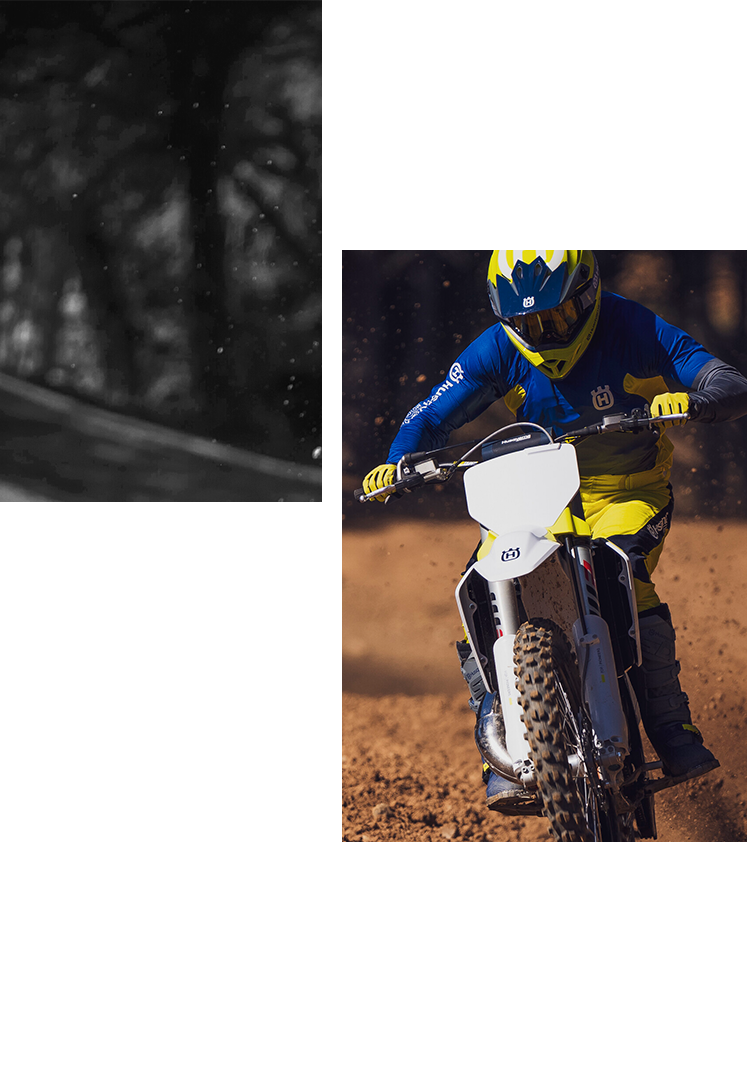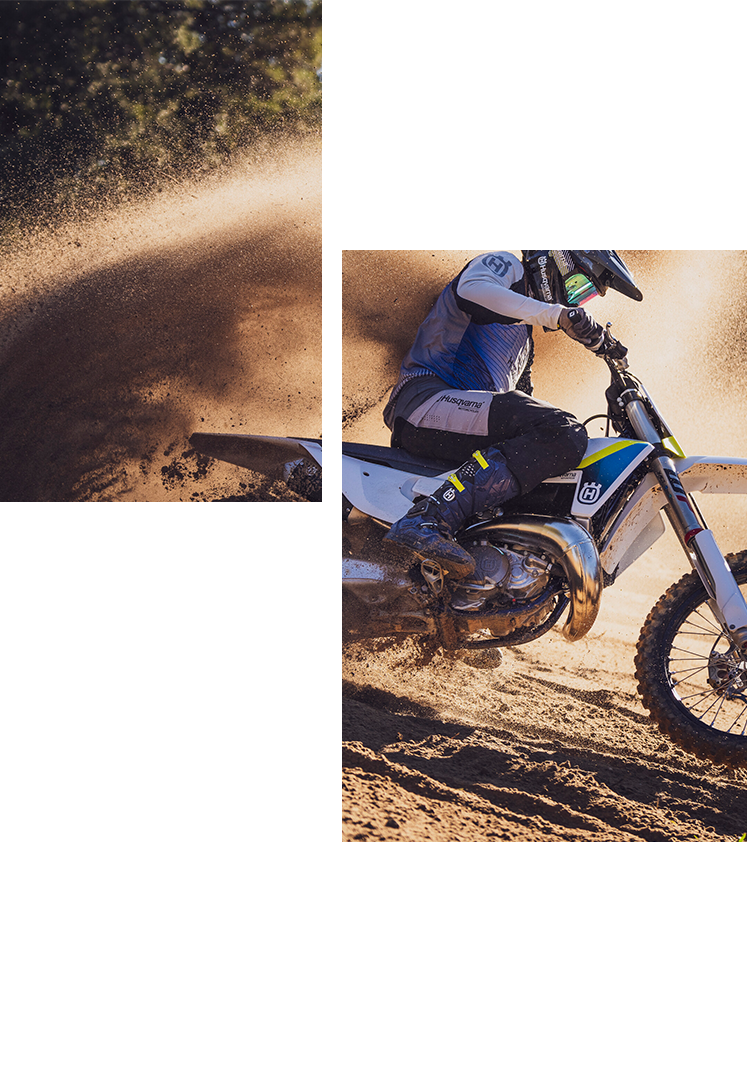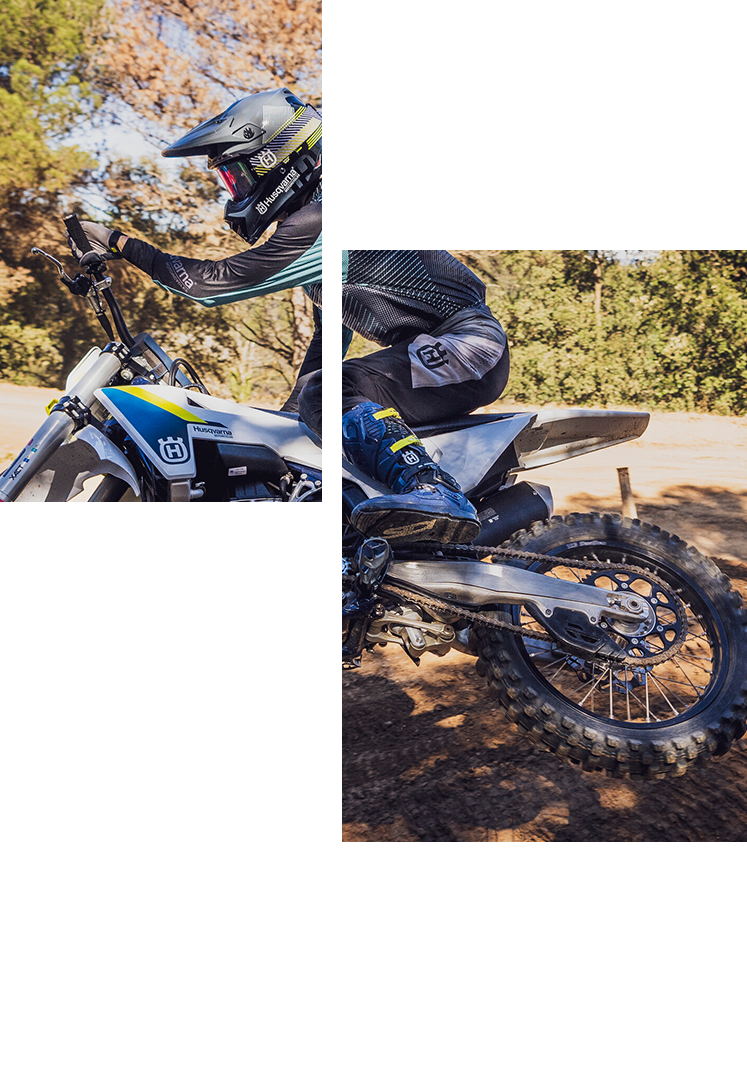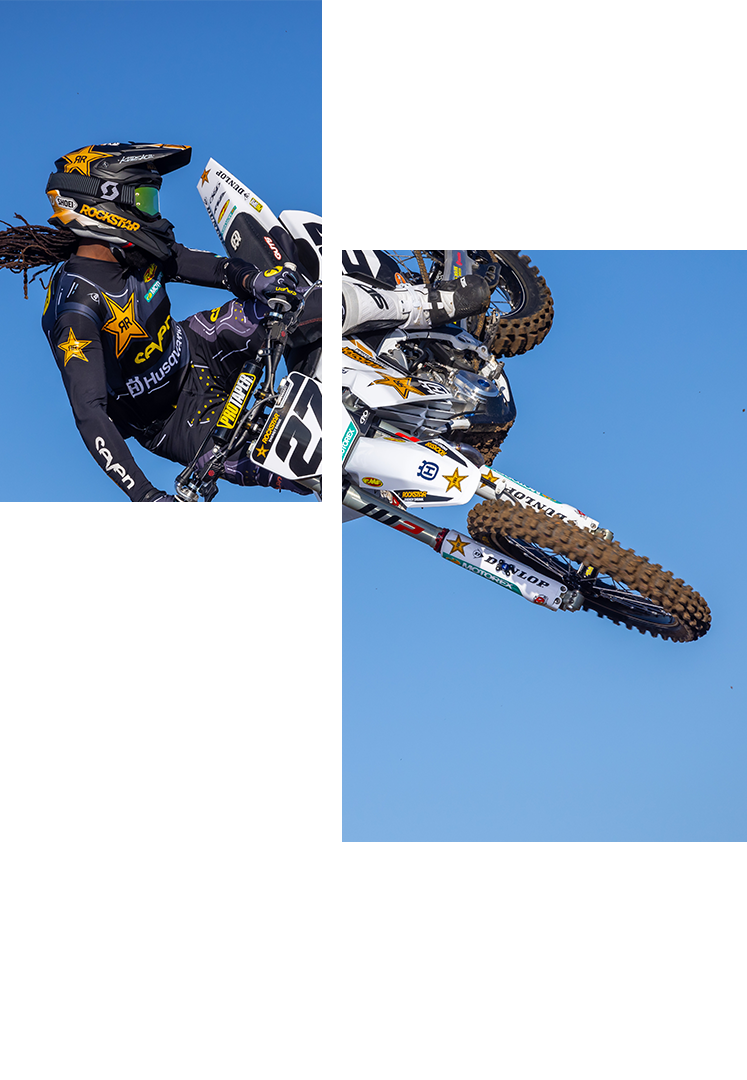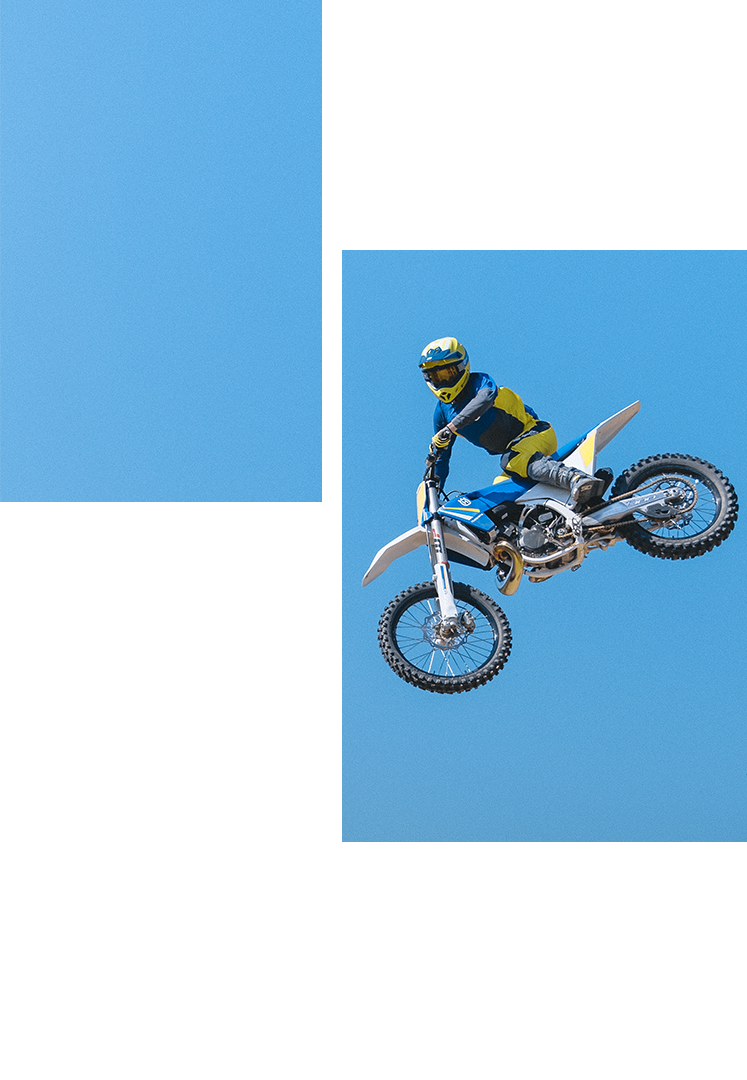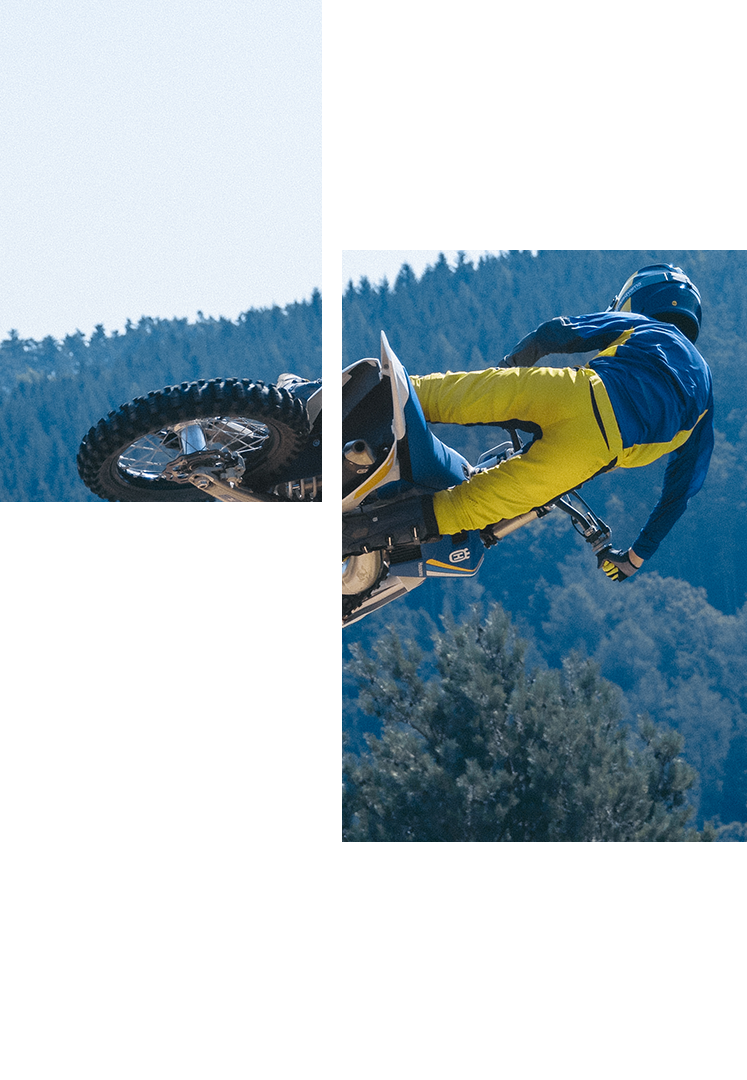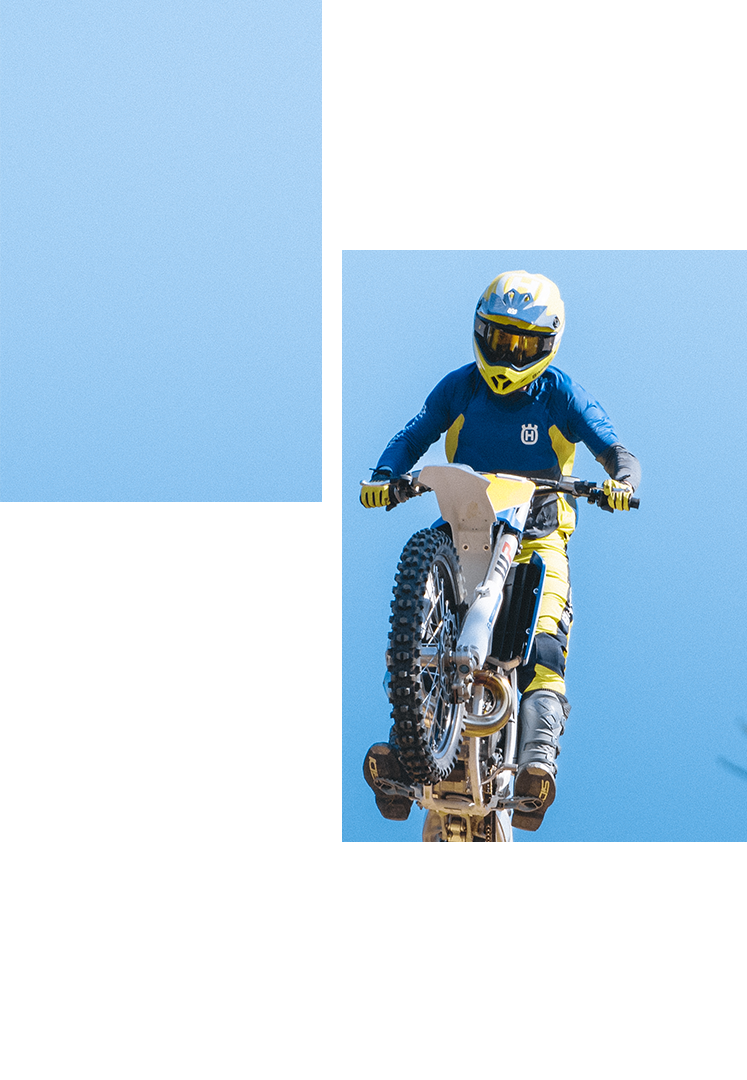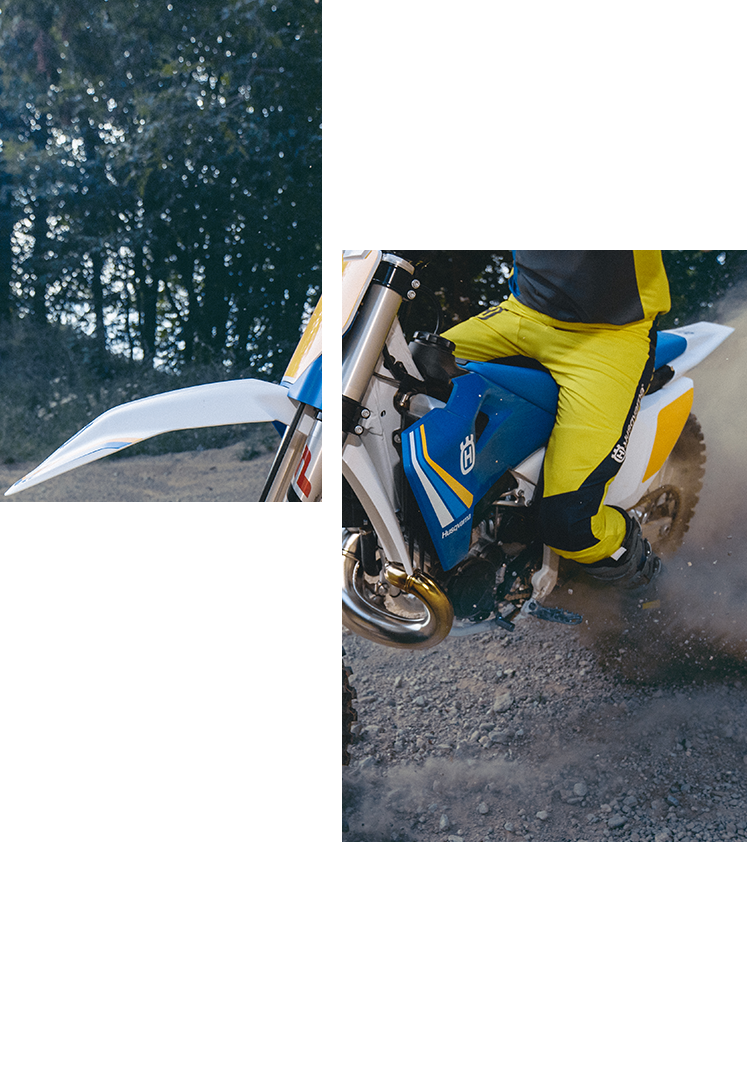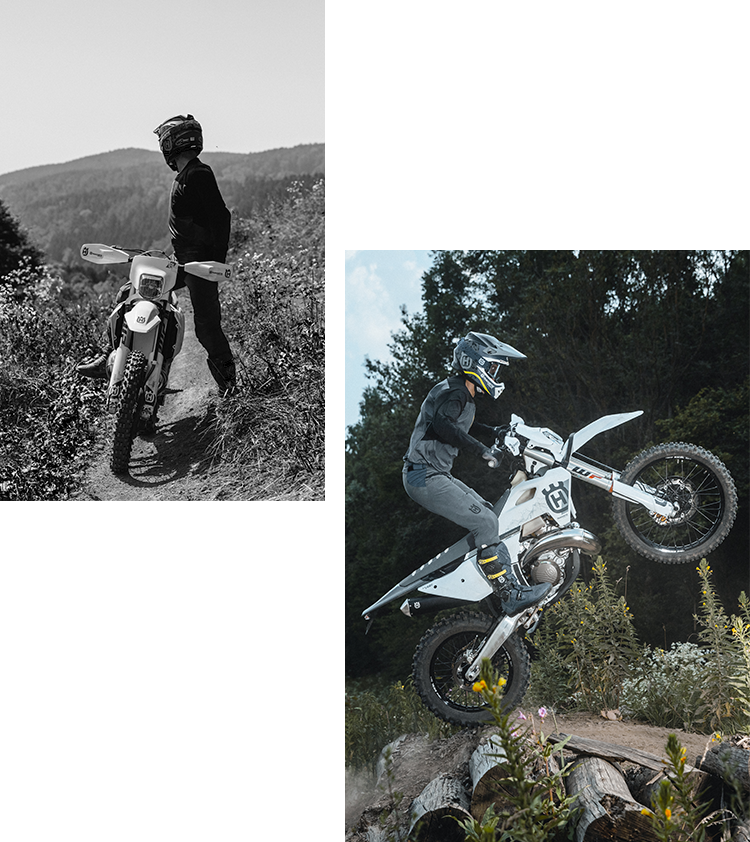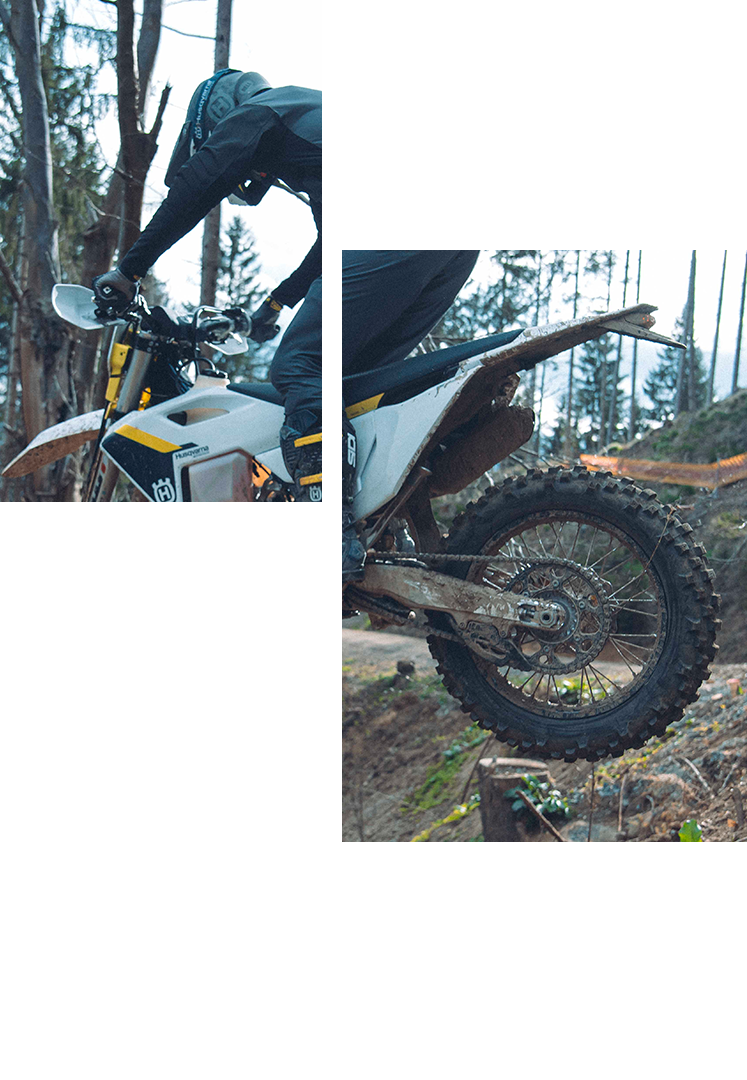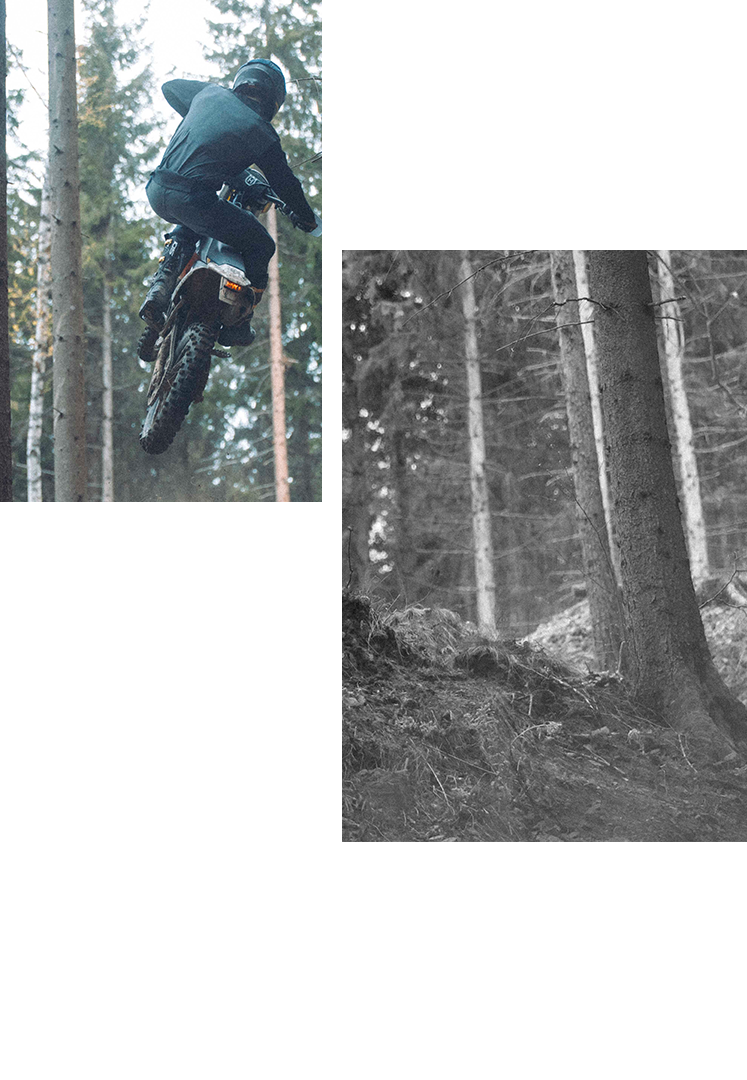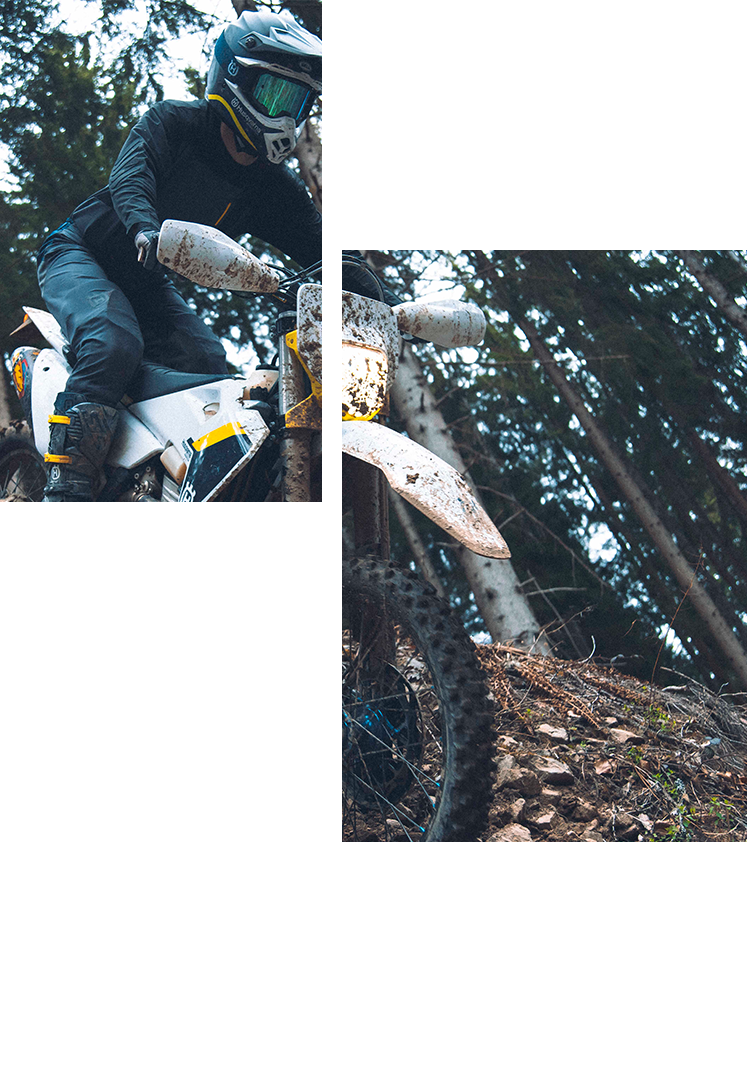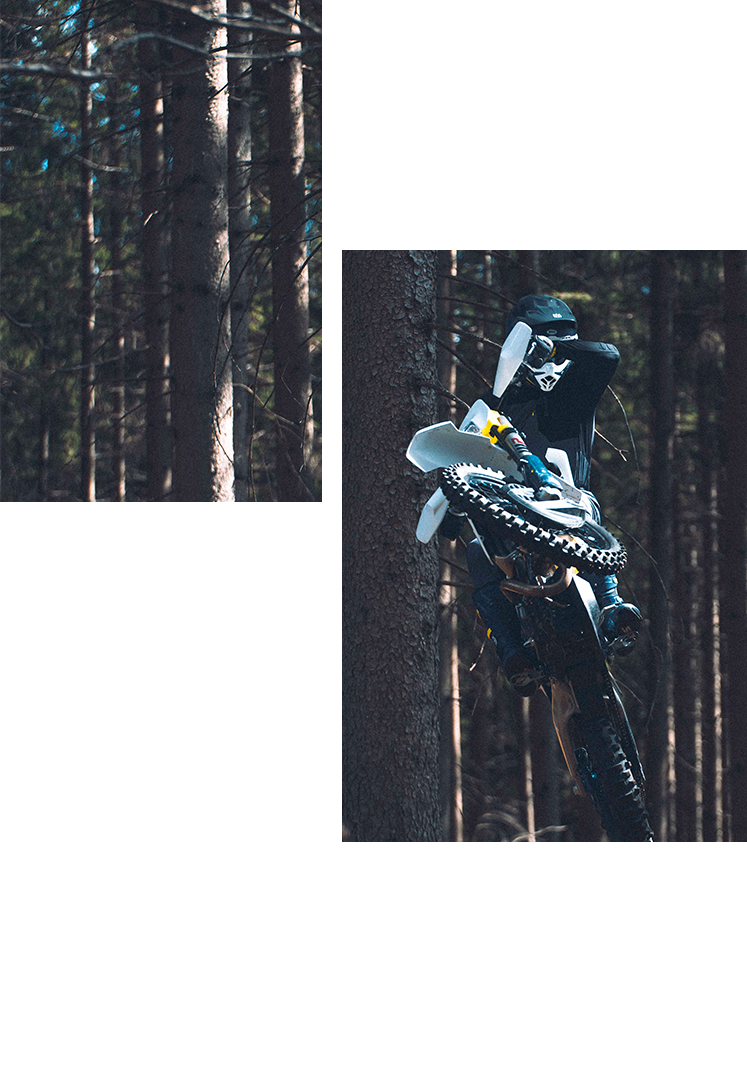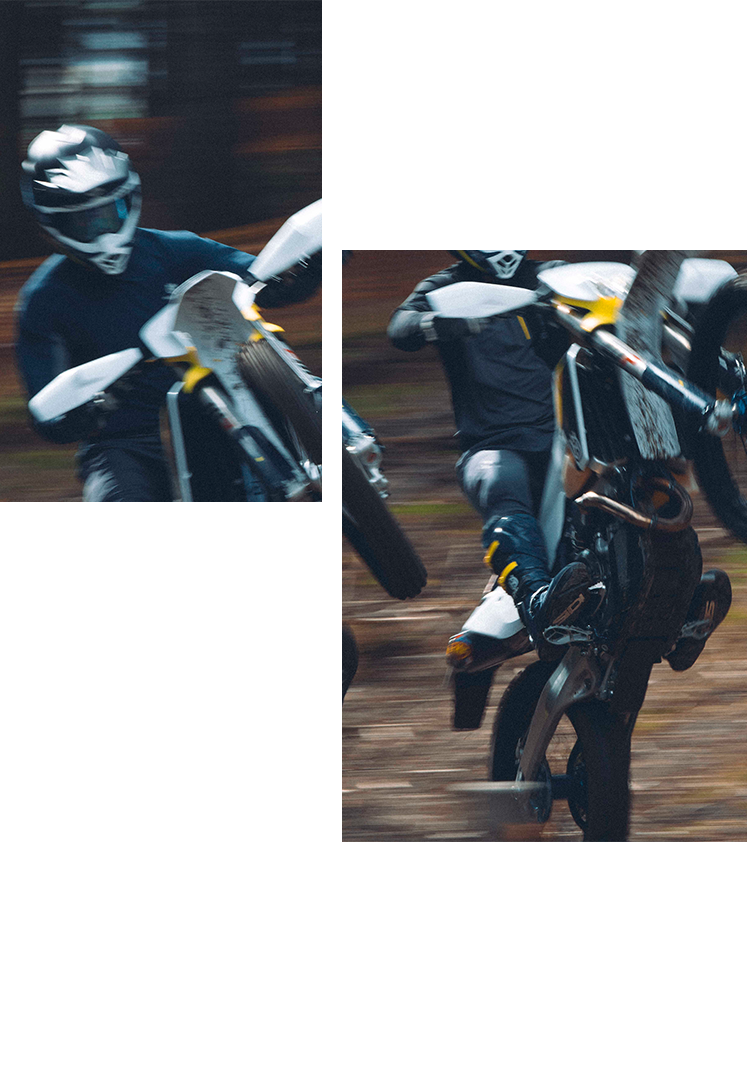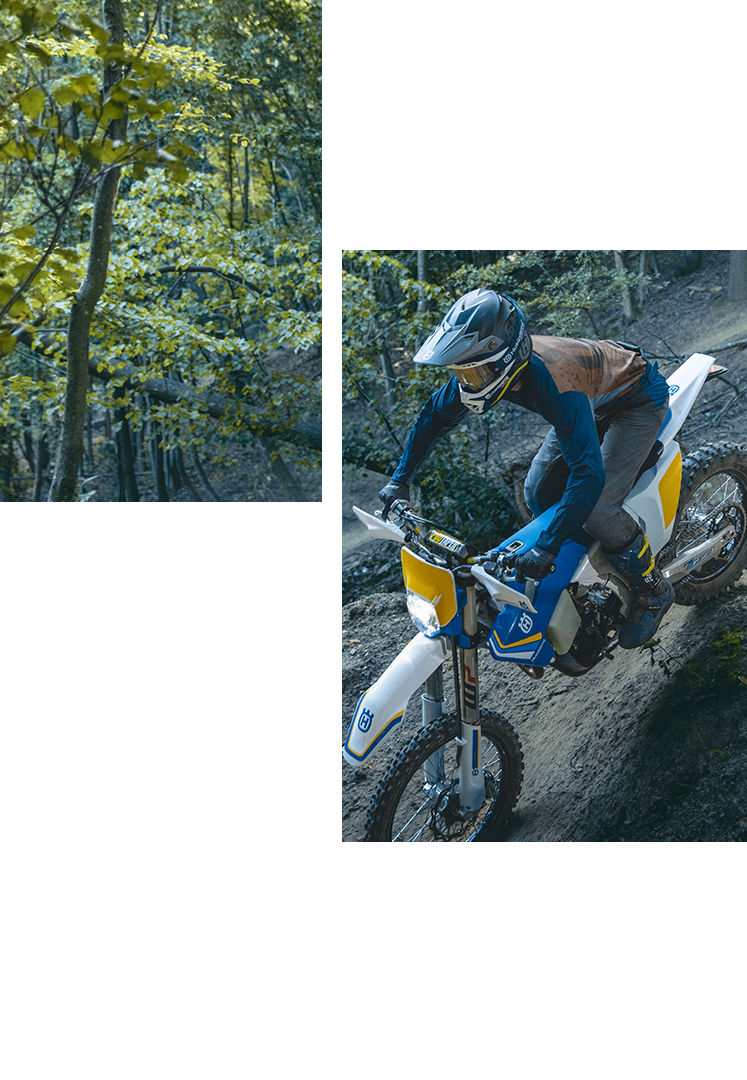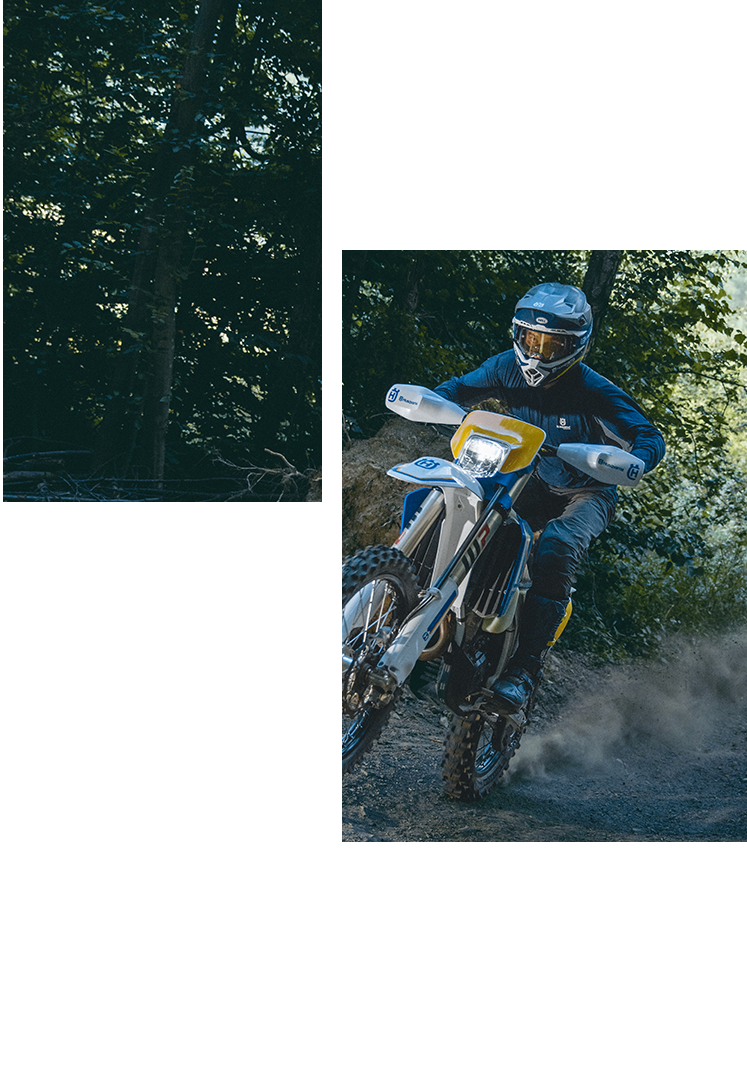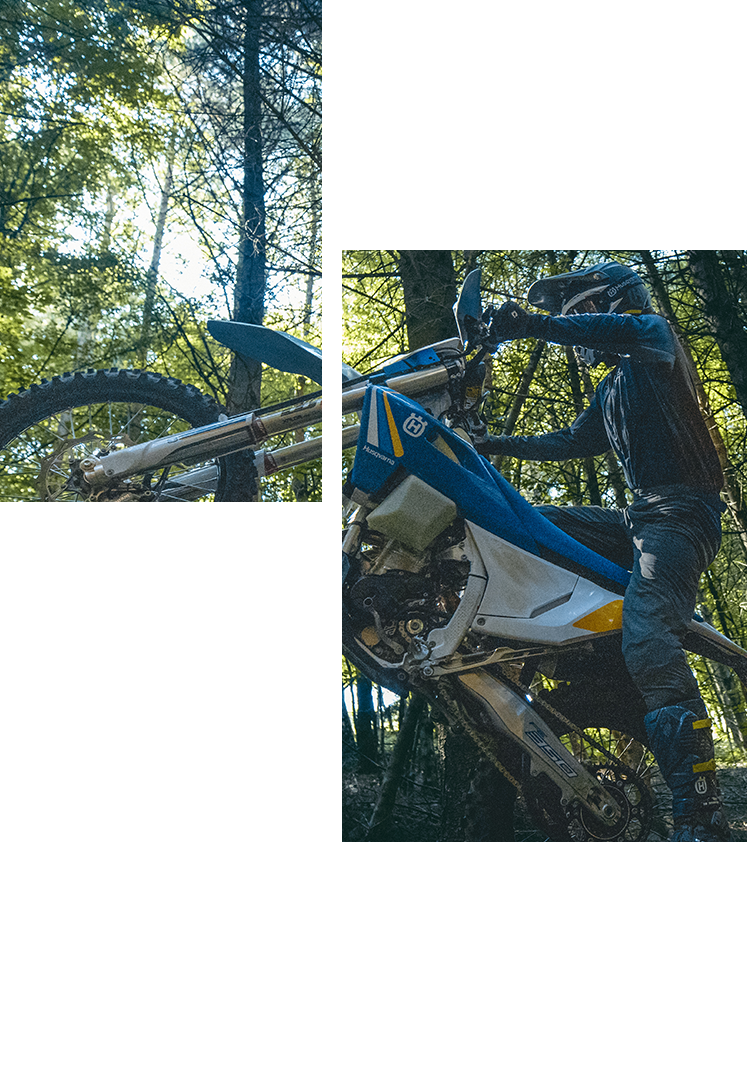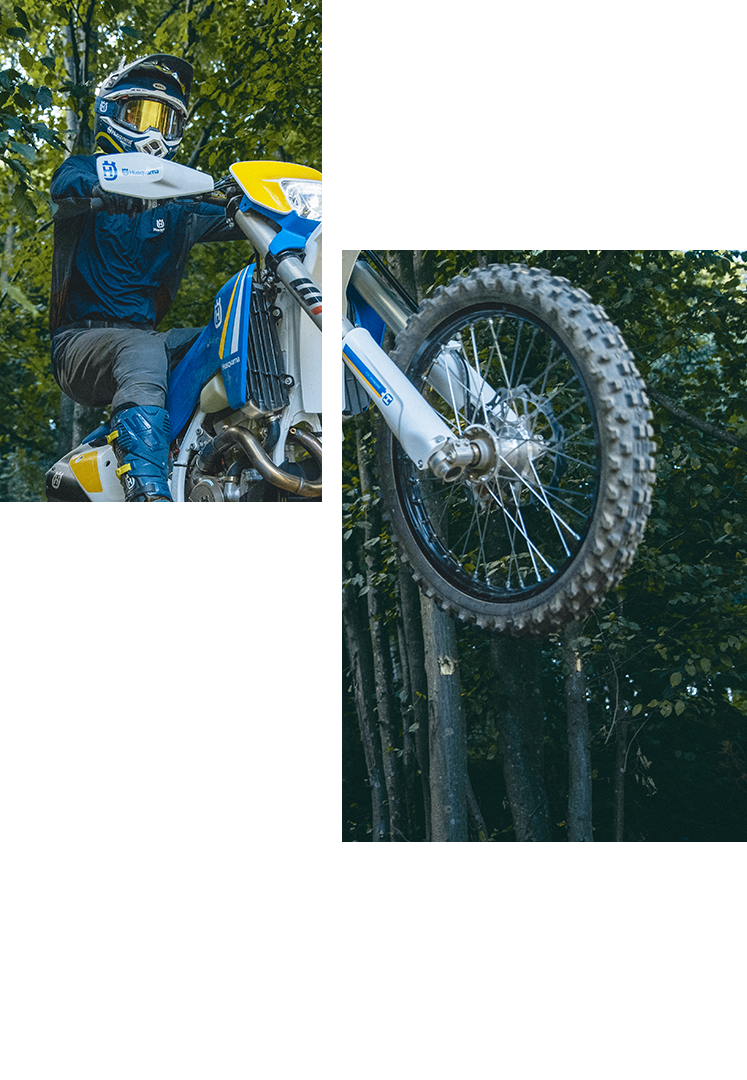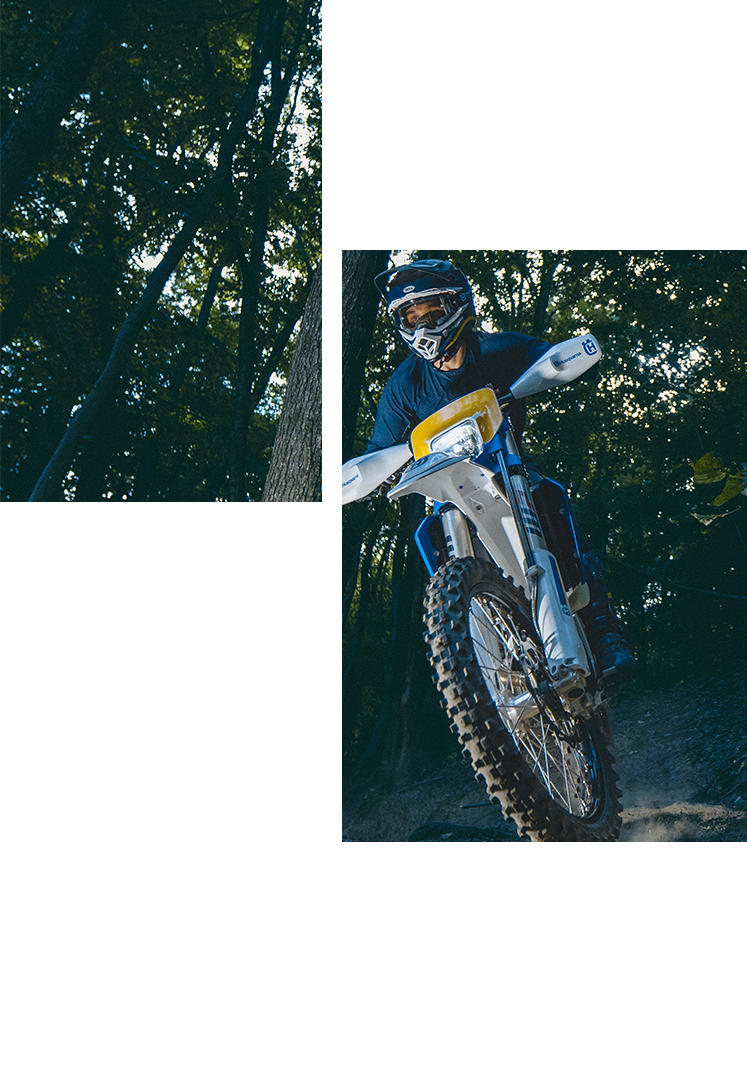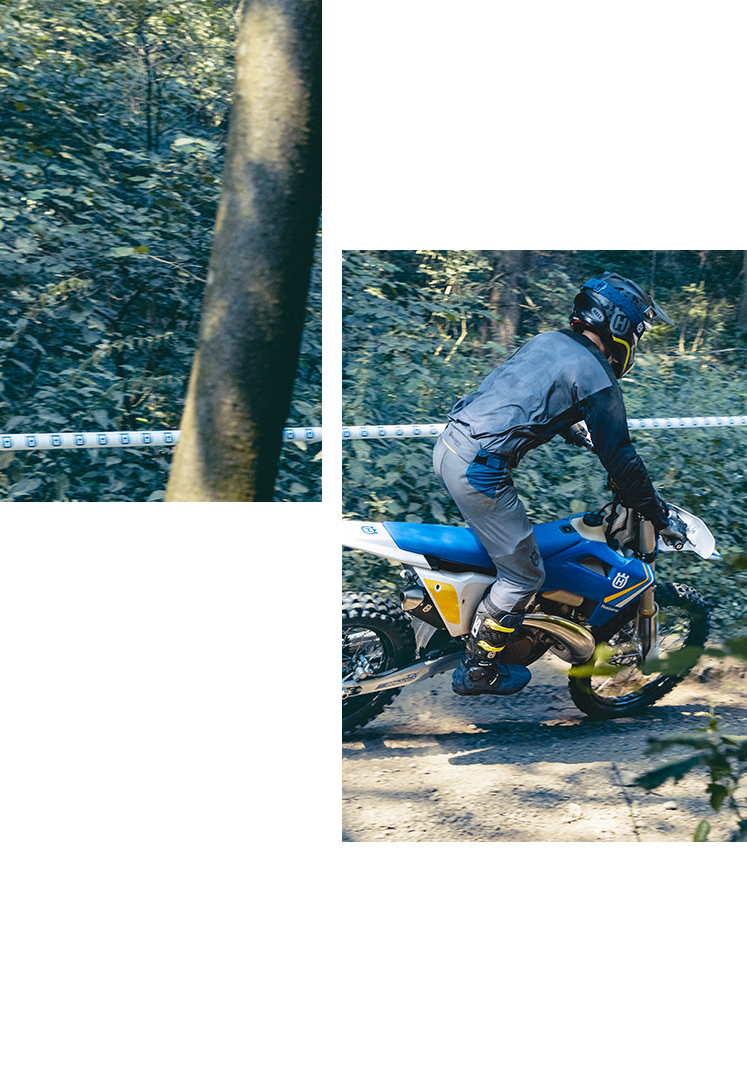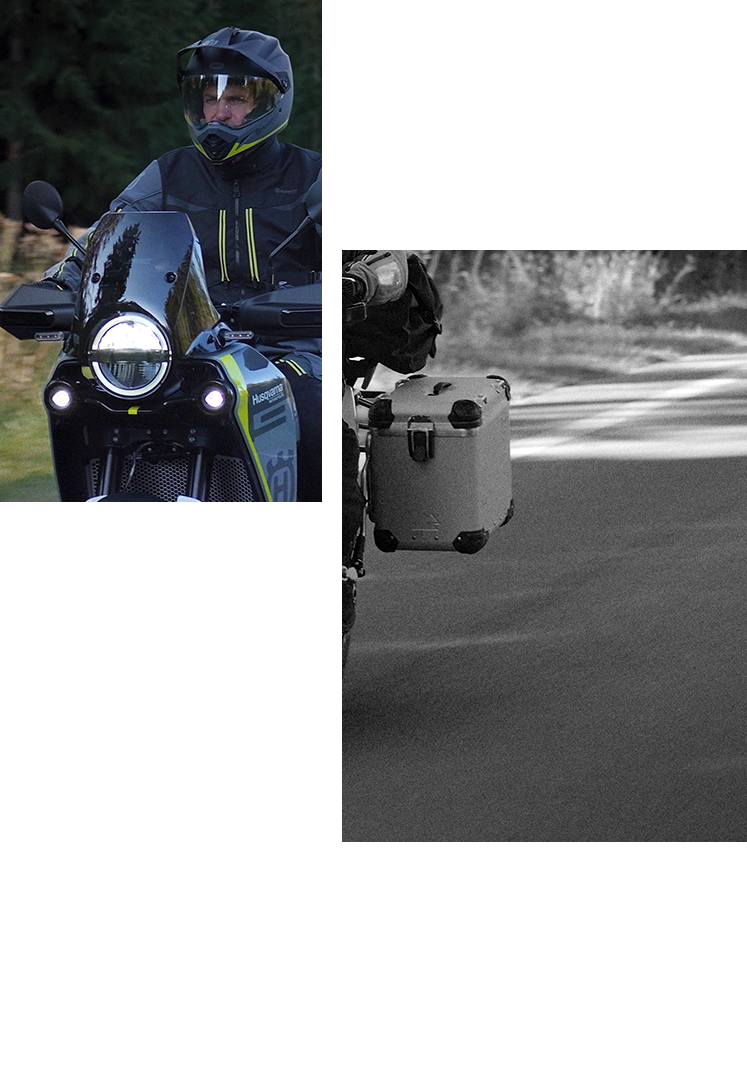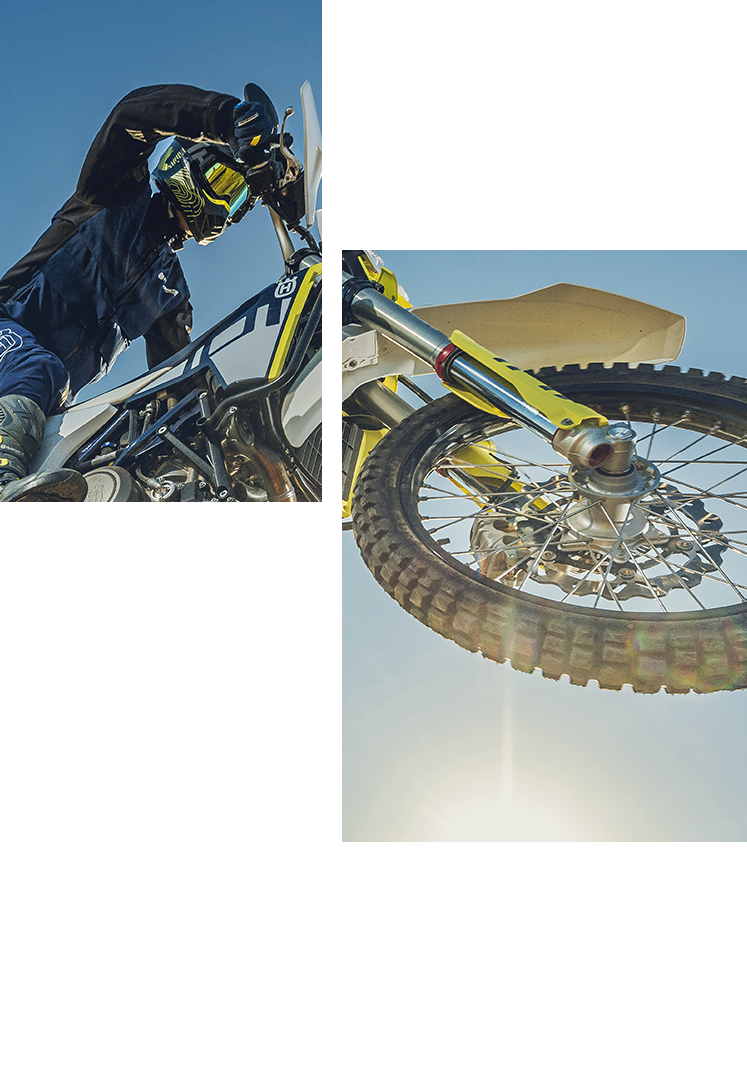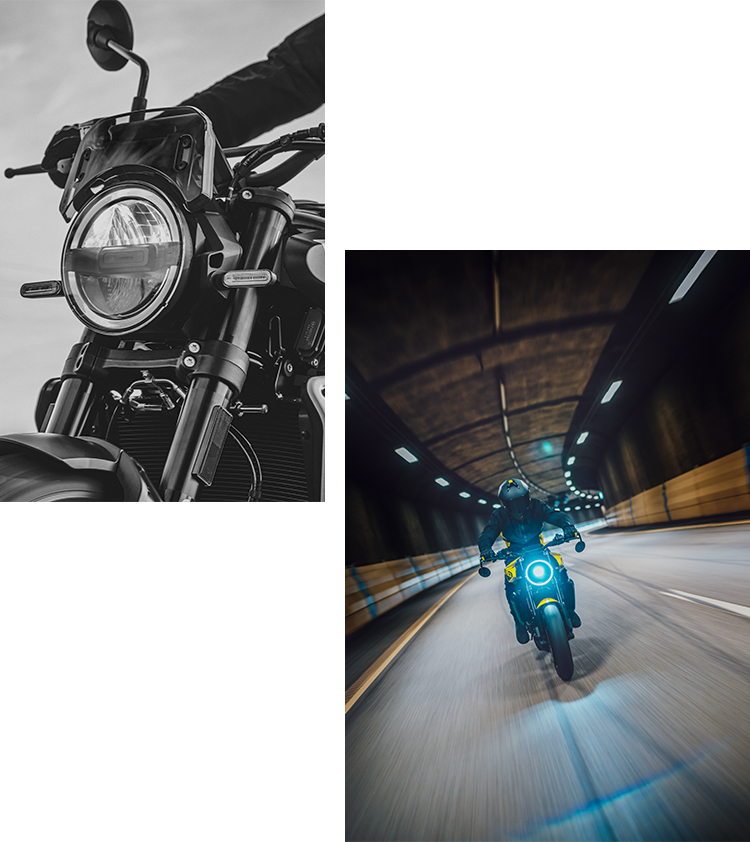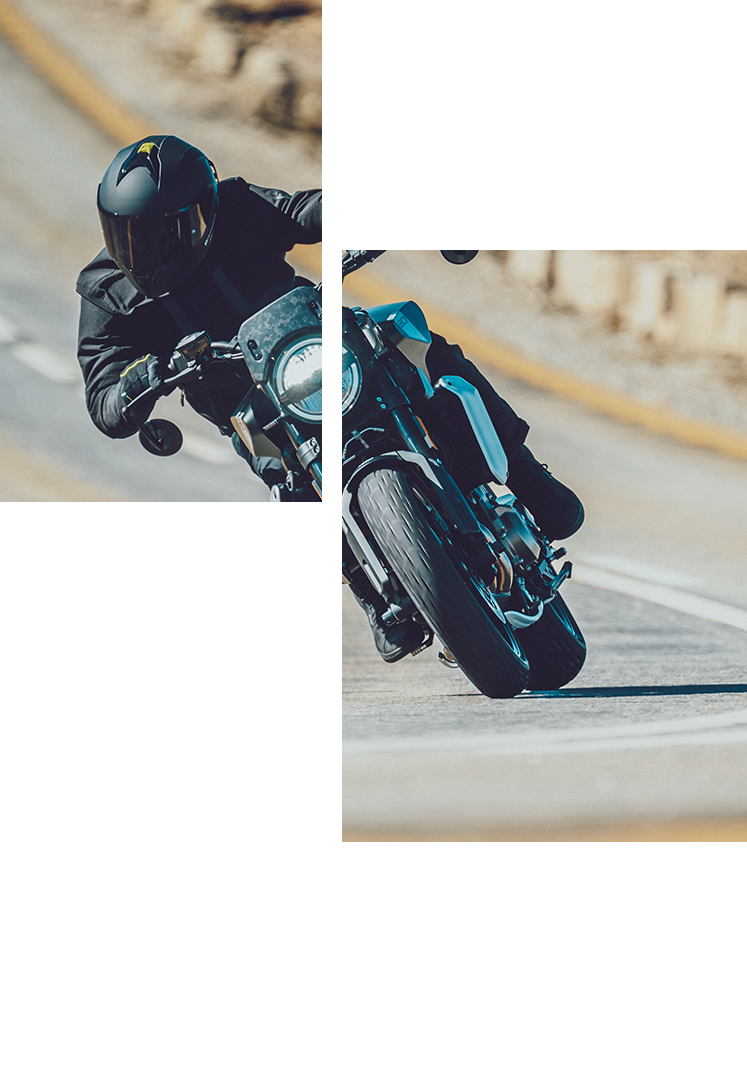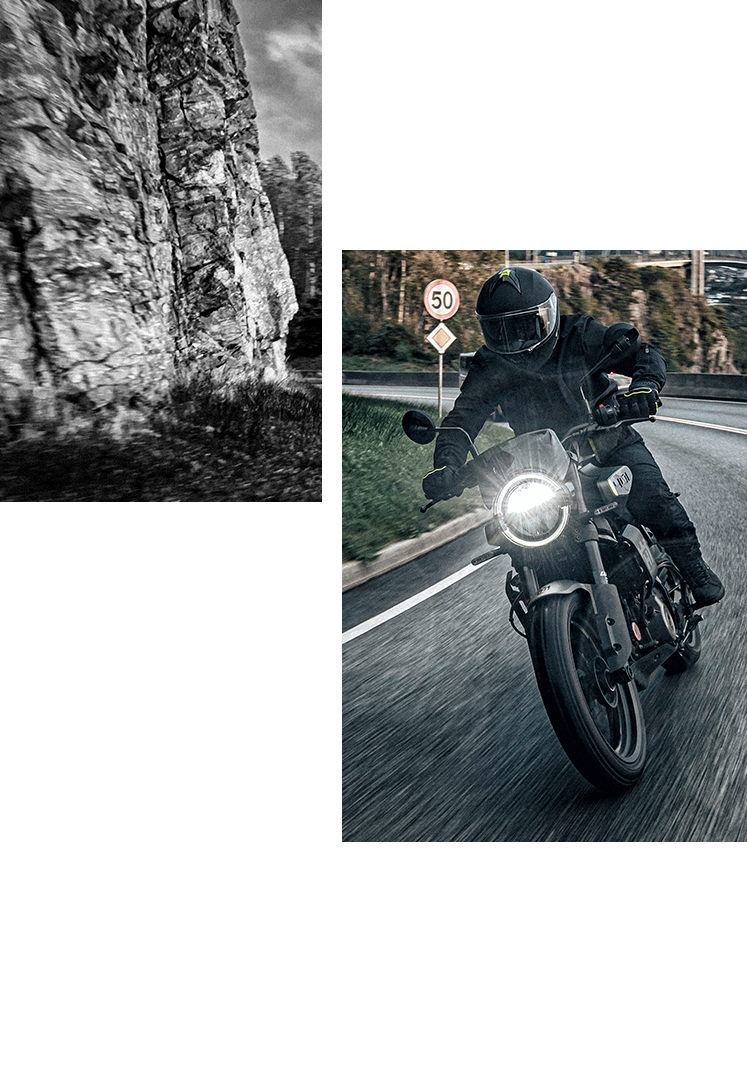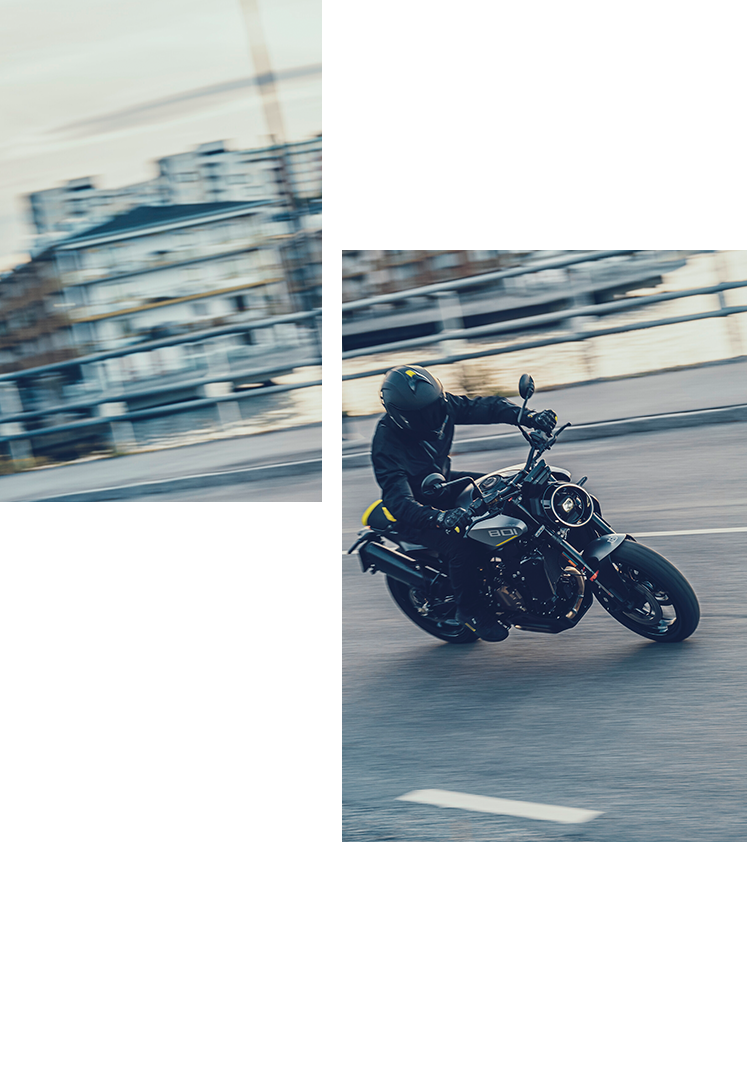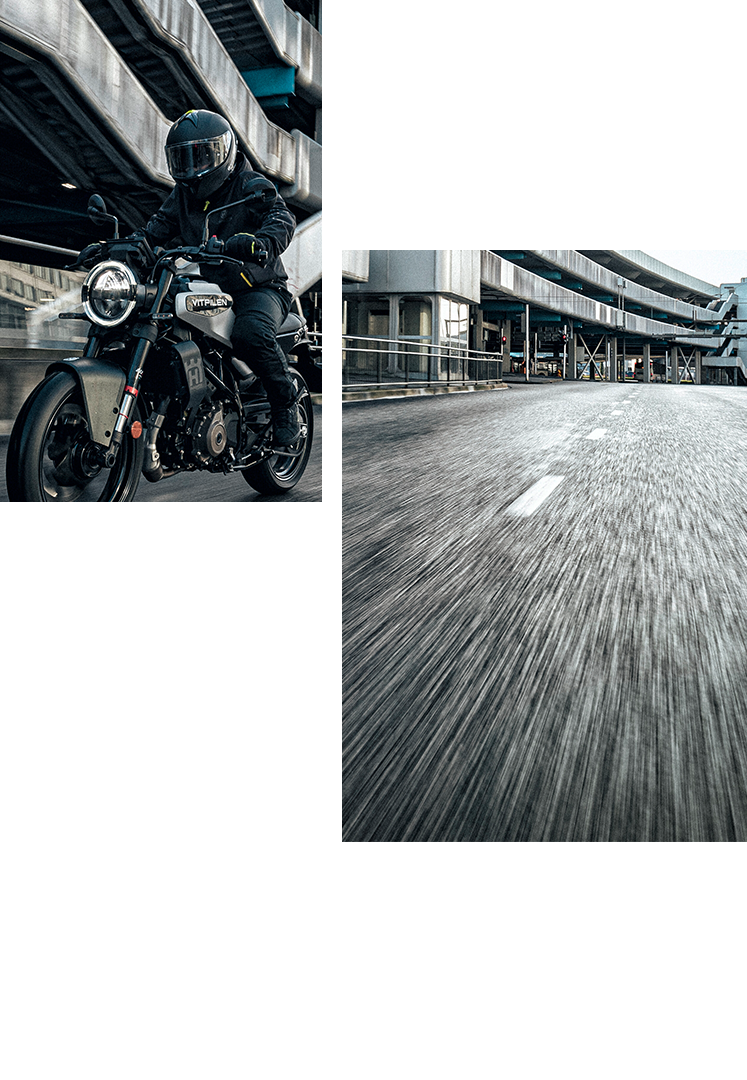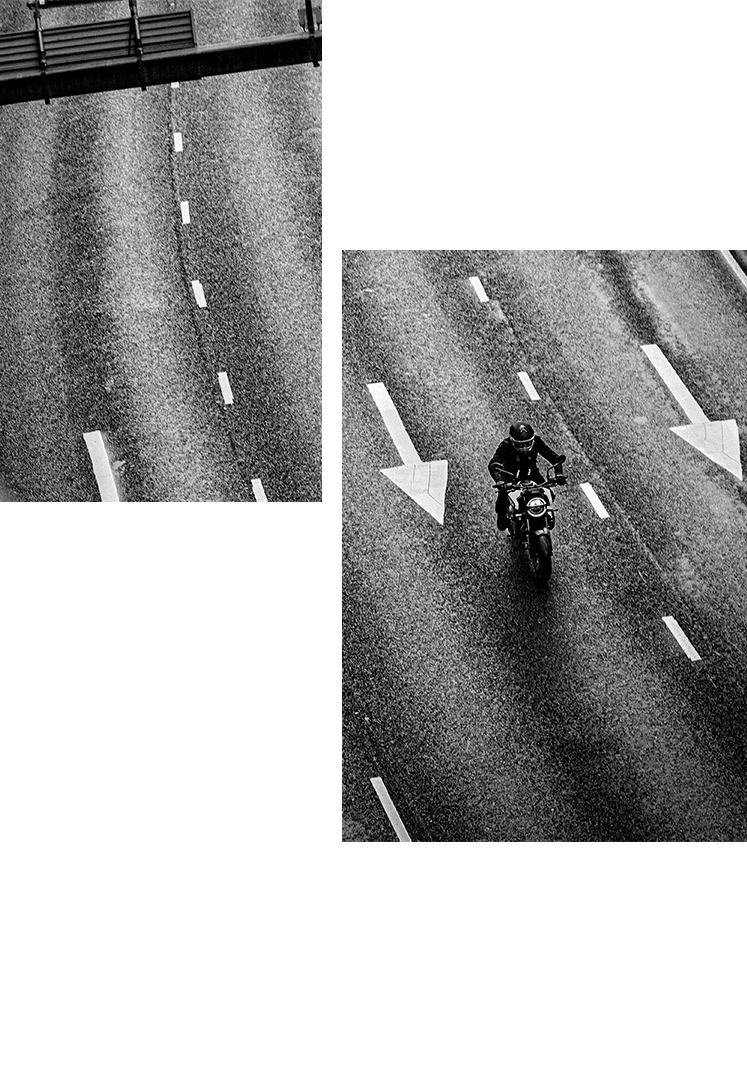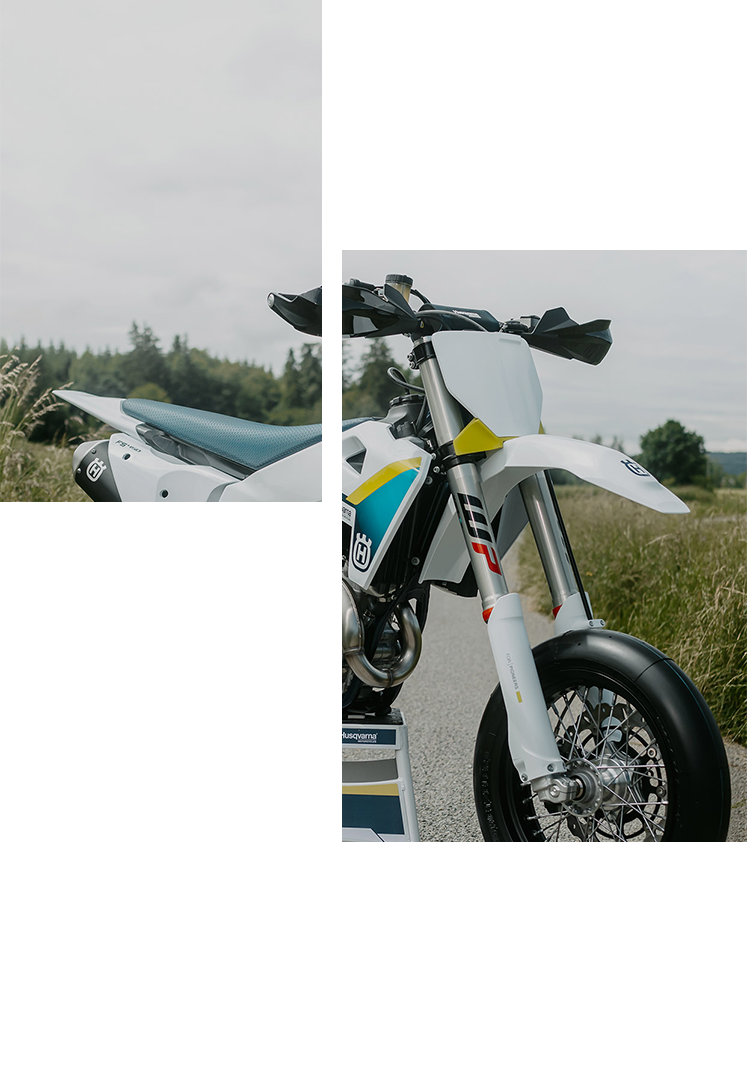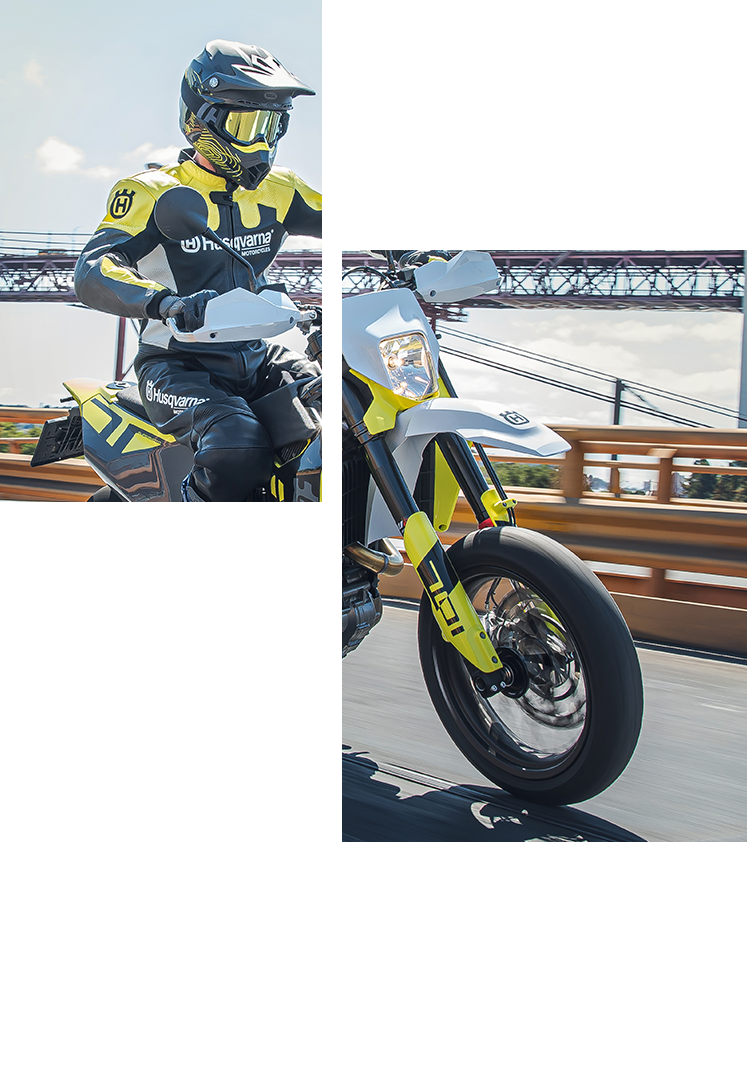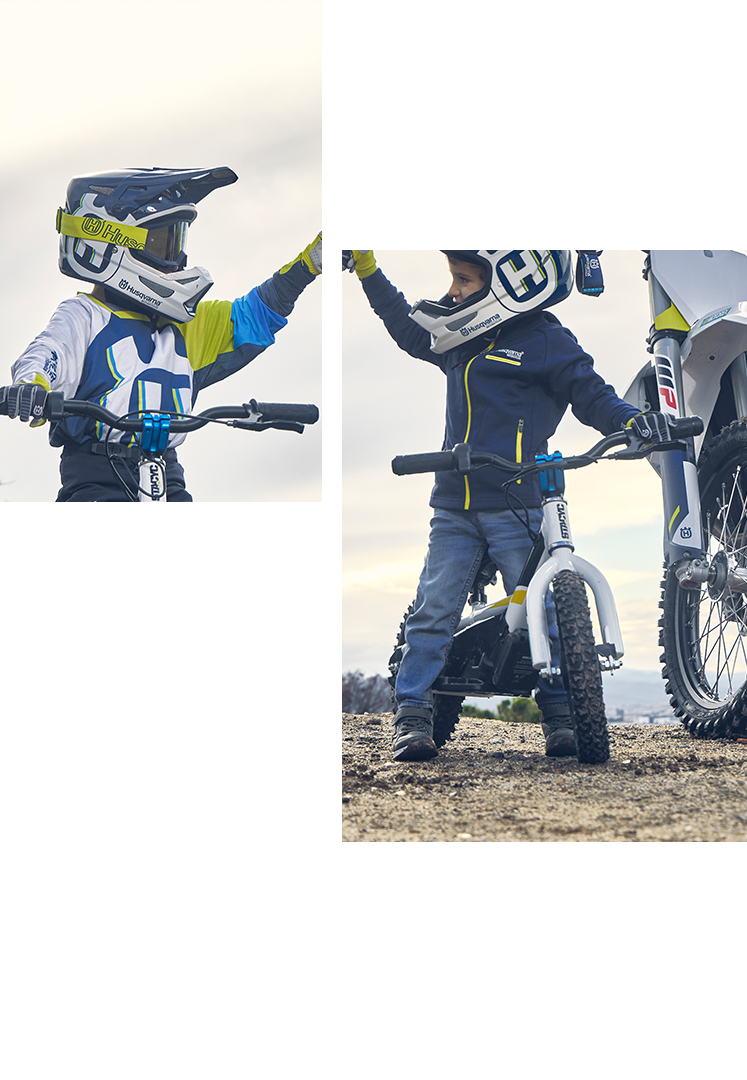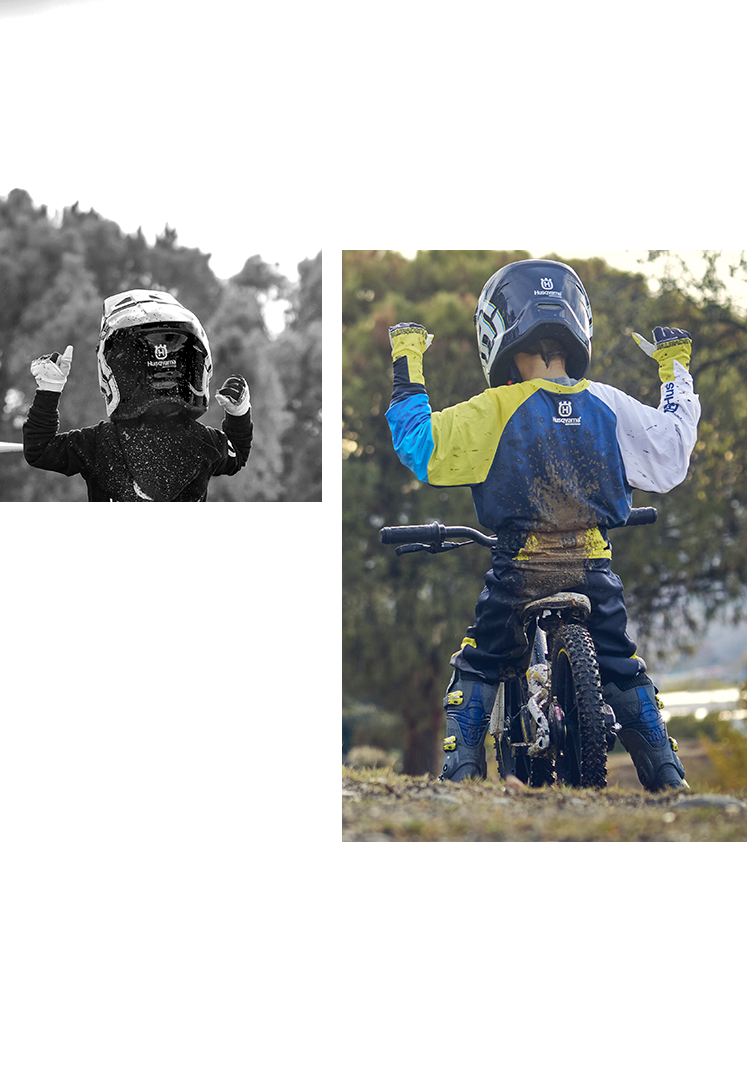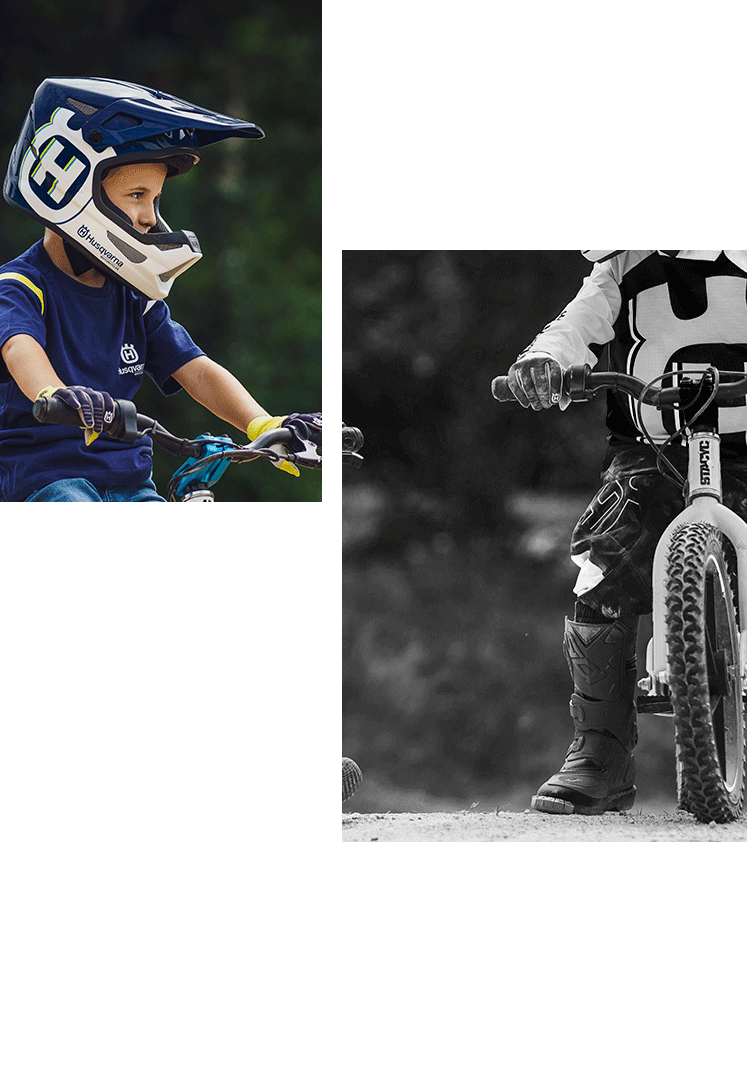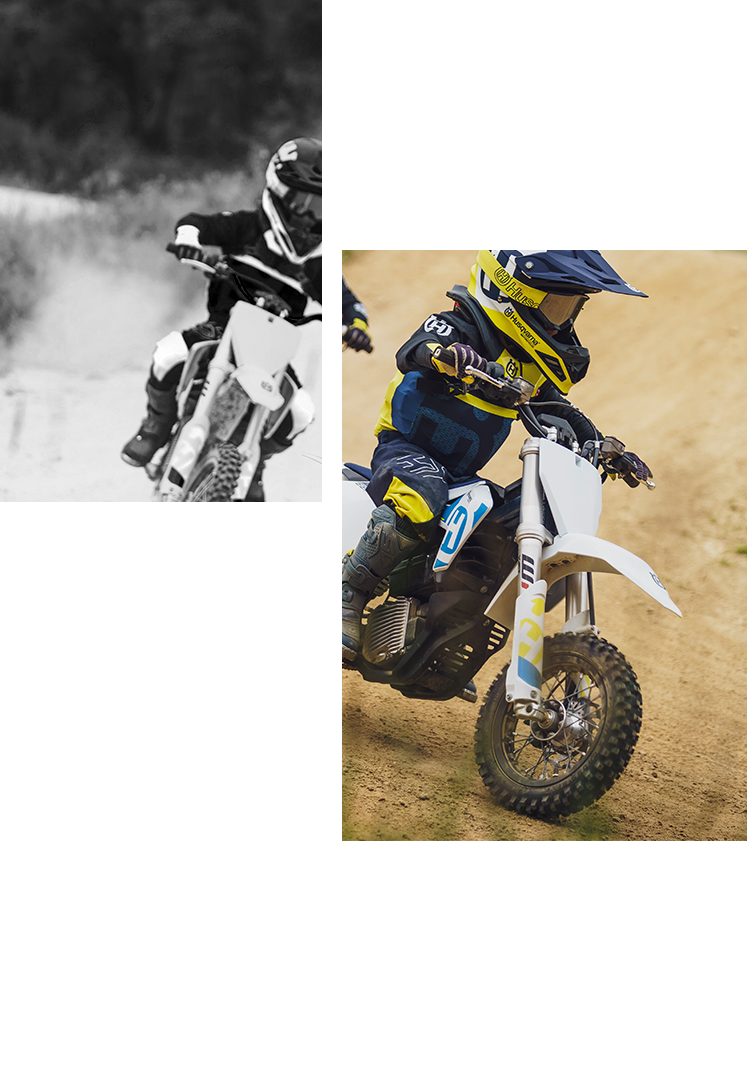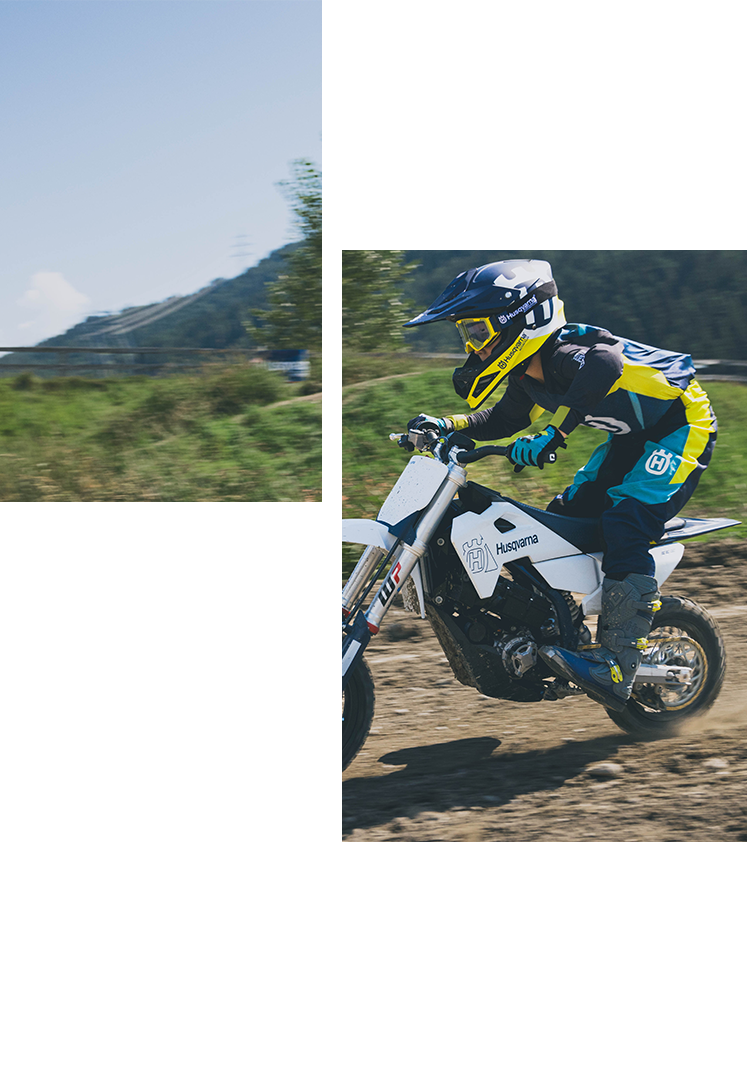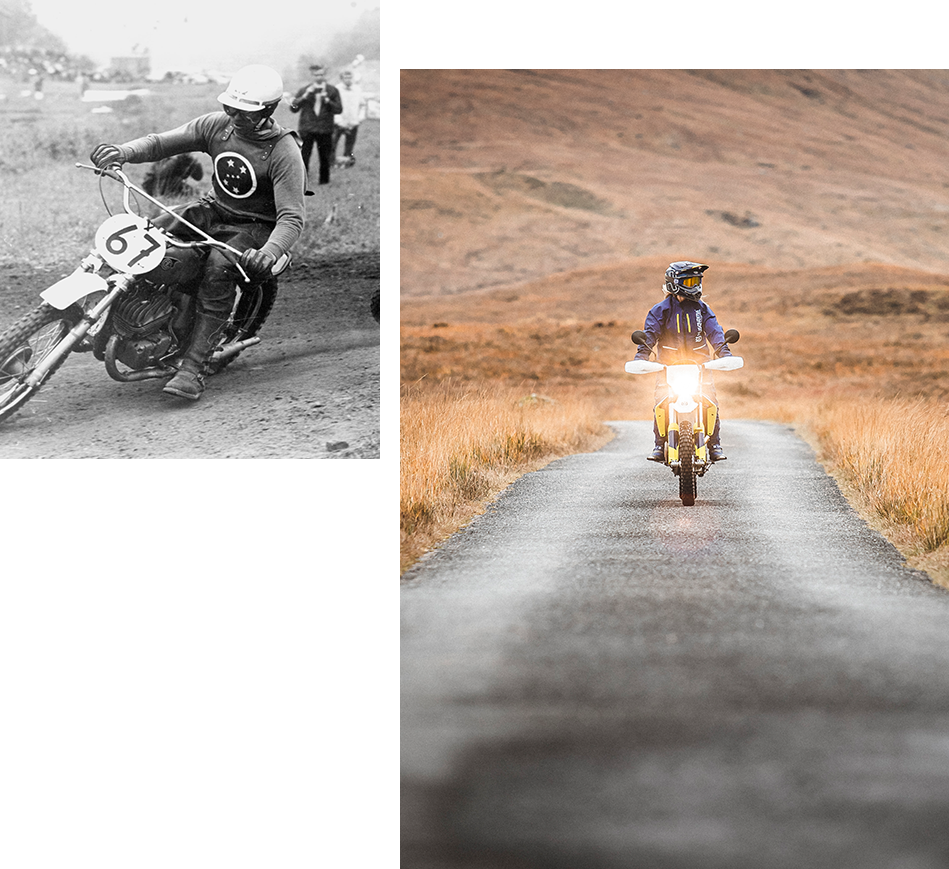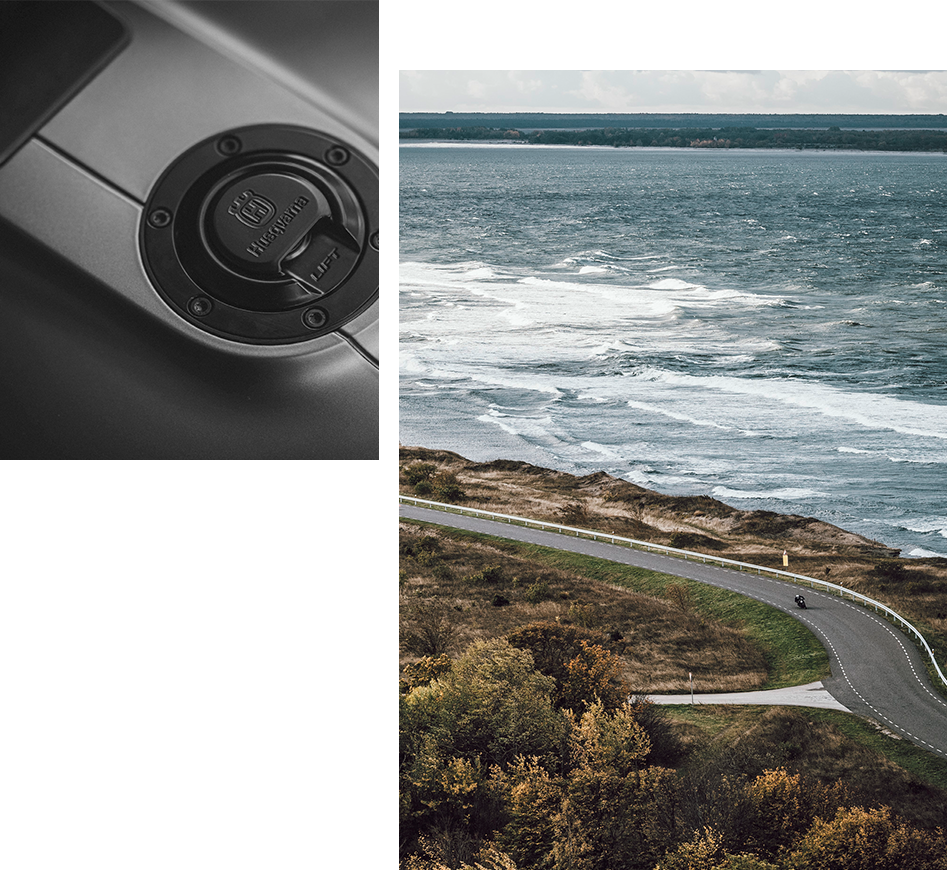Dream Team Racer
By Kenneth Olausson
Race fans with a technical flair seldom miss the chance to tune motorcycles. When Husqvarna’s 175cc Dream Machine was launched in 1953, engineer Birger Berggren set his sights on building a TT racing replica – with a 250cc power source. Here is the unique story of a rare 4-stroke.
When the weapons factory presented the 281 model, it was powered by a 175cc 2-stroke engine, giving a performance of 7.5 horsepower at 5,000 rpm. This motorcycle represented a new era for Husqvarna, selling street machines on a large scale. After the war, good transportation was in great need, but most people could still not afford a car. They relied on economic two-wheelers, so the nationwide market for the new motorcycle was immense.
At the time of introduction, engineer Birger Berggren from Charlottenberg in the province of Värmland had keen motoring eyes. He had been racing a 500cc Husqvarna a couple of years earlier. This 1935 V-twin edition came with a good set of spare parts, lying around his workshop. Having an inventory of both 350cc and 500cc replacements, Berggren had a choice when he set out tuning. It actually started in 1951 when he received an invitation to take part in the 1952 Isle of Man races. The British Auto-Cycle Union offered 50 pounds sterling and a free registration for participation in the 250cc race, on a Swedish machine. Birger Berggren would lay his hands on an early Dream Machine, transforming it to a 250cc racer. That was the initial plan. But as he was involved in the Unionverken (the Union plant), Birger had to postpone his ambitious agenda. The Unionverken went bankrupt by the end of 1951 and the economy of mister Berggren made an Isle of Man start impossible.
However, the enterprising Swede did not waste hope of a new domestic racer. He turned to Husqvarna’s fine engineer Carl Heimdahl for advice and they came up with a new idea. Why not take the 4-stroke twin and transform it to a smaller power source? As a privateer, Birger Berggren had serious thoughts of rebuilding an engine and using one half of the 500cc V-twin engine. He intended to produce a 4-stroke single-cylinder 250cc by pairing the front cylinder with a spare crankcase that was left from 1935. But as there was no 250cc class competitions at that time in Sweden, Berggren changed his mind and instead built a 175cc motor. By doing so, he utilised one of the cylinders from a Husky 350cc engine and cylinder heads when putting his dream machine into race mode. As the front cylinder gave better cooling characteristics, the rear cylinder was put aside. By mounting the front cylinder into the old 1935 crankcase, he now had a unique 4-stroke 175cc Husqvarna engine – never seen before in this outfit. Well into his odd project, the factory saw benefits of getting good publicity from this version of their Dream Machine. The bike was equipped with Union wheels with beautiful hubs made in aluminium.
Birger Berggren had won the 350cc class at the Hedemora competition of 1950. Now, three years later, it was time to relive the race atmosphere on this exceptional track. Birger was a member of the motorcycle club SMK Eda from Charlottenberg and received the starting number 45 for the 175cc stint.
In the weekly paper “Racing” number 29 of 1953 we can read the following: “The Swedish TT in Hedemora was a thrilling two-day organization on July 11th and 12th. Entrance fee for Saturday’s races was a mere five Swedish kronor as there were only three races for the smaller classes up to 350cc while the half-litre competitions were saved for Sunday. Birger Berggren was one of the twelve participants in the 175cc event, run over 10 laps at a total distance of 72.6 kilometres. With high hopes he set off at the start but had to retire when the engine failed with magneto troubles. Merely seven riders arrived at the finish line. And only the first three riders managed to complete the circuit 10 times, while the others were lapped. A certain young rider by the name of Hans Hallman finished fifth in the class on his fast NV machine.” Yes, it was the older brother of Torsten Hallman, later to win four world titles for Husqvarna in motocross.
In total, a crowd of 125,000 spectators came for this successful two-day event. In the 14-page Hedemora report it is noted that a certain Birger Berggren started on his home-made pie. It was a pale blue 175cc Husqvarna equipped with the latest technology including an SRM valve mechanism. The gearbox housing was German-made from NSU while the four-speed contents had Berggren’s own solutions. The total weight of his “Dream Machine” was 85 kilos. In 1954, the races would be upgraded, calling it the Swedish Grand Prix and in 1958 the event even had a world championship status.
In the spring of 1956, Birger Berggren borrowed a 125cc engine from Folke Mannerstedt, who had left the Husqvarna company, now working as a consultant. It was a TFA experimental motor, 4-stroke V-Twin with a very special overhead ex-cam system. This power source was mounted into the frame of the Dream Machine, which resulted in some 125cc road racing for the eager owner. His son, Carl-Ivar Berggren remembers: “My father worked late in the evenings in order to complete his bike. Then he reported to Karlskoga at the ‘Gelleråsen’ track for the inaugural race in the 125cc class. Unfortunately, the oil spurted from the engine already in his debut participation, letting my father down with utter disappointment. The engine was returned to Mannerstedt”.
A few years later, the machine finally turned into a 250cc racer as Berggren decided to mount a Husqvarna 4-stroke into the now well-used frame. Strangely enough, Birger used the balancing crankshaft from the single-cylinder 350cc engine instead of the larger 500cc V-twin. Originally, the crankshaft had a stroke of 88 millimetres, but was then transformed to 75 mm after some drilling exercise. But the cylinder originated from a 500cc, now with a stroke of 75 millimetres. The camshaft was already transformed in 1953 to suit the 175cc engine. It is believed that the camshaft was modified again in order to match the 250cc machine. The power source was paired with a one-inch Amal 15 TT 34 RR carburettor, which resulted in effective breathing. According to sources, the 250cc engine now had a performance of 28 horsepower, capable of doing 170 km/h.
Birger Berggren never raced the final product himself but sold his Dream Machine to a man by the name of Rune Nylander. He switched the petrol tank for another one and also swapped the saddle of the 250cc racer. Rune Nylander raced his Husqvarna several times between the years 1959 and 1961, before it was rested in a paddock. By the end of the 1970s, Birger bought back his beloved machine, restoring it again to its original version. After he passed away, his son Carl-Ivar overtook ownership. He participated in the 100-year Husqvarna jubilee event and also in Hedemora revival events before selling the motorcycle, which is now a museum piece. But in 1953, it was probably the world’s fastest Dream Machine.
